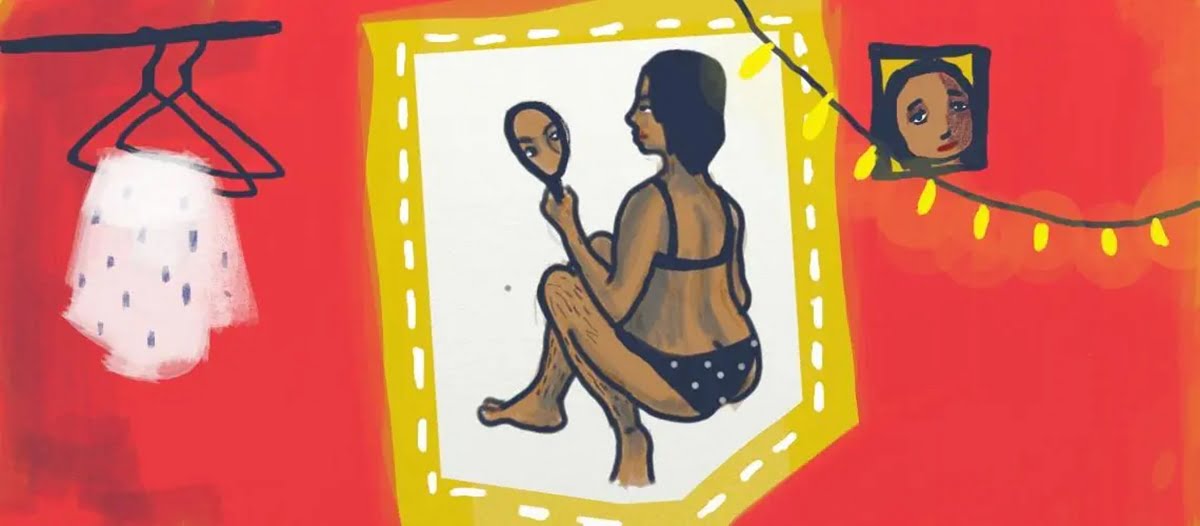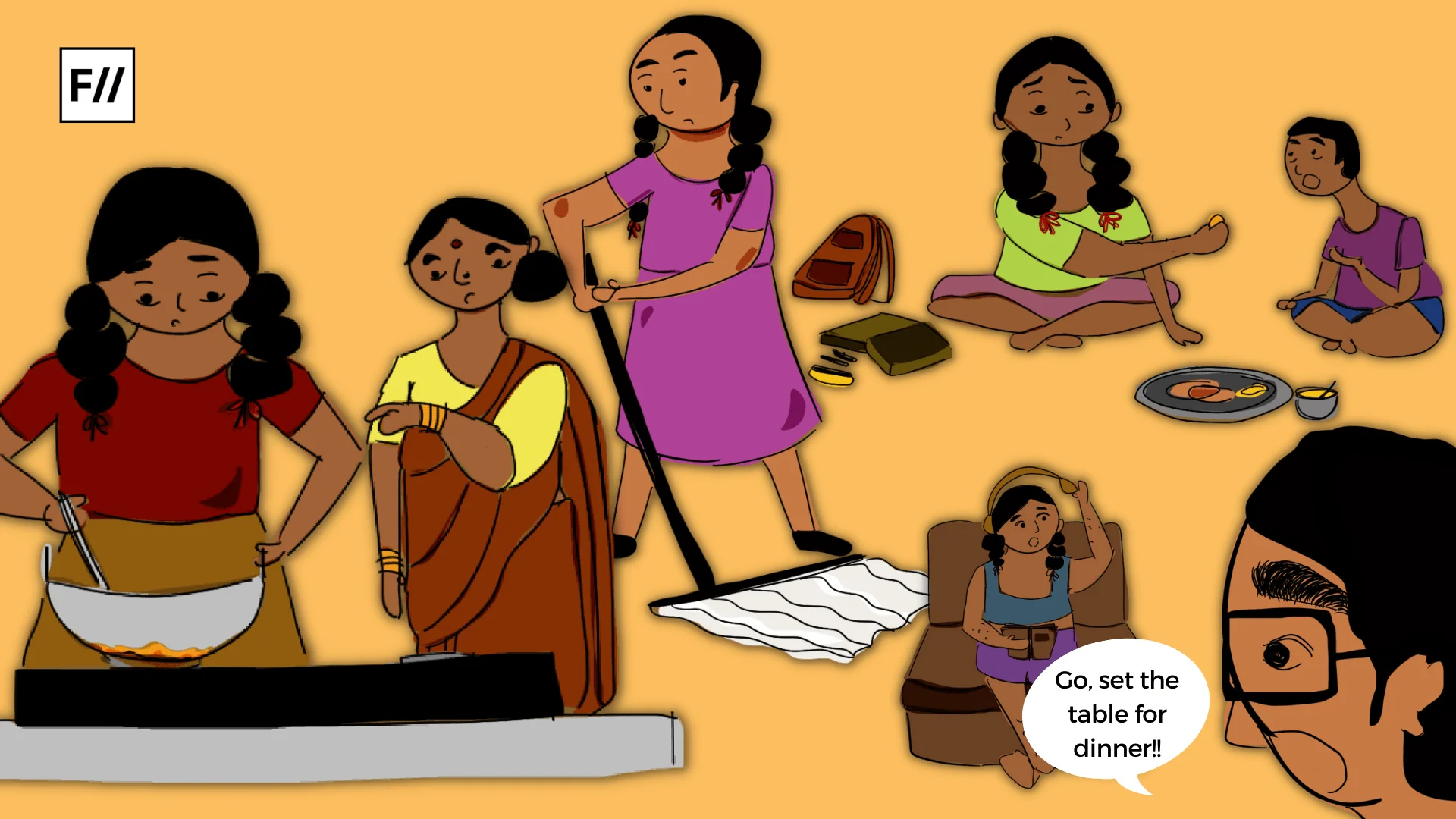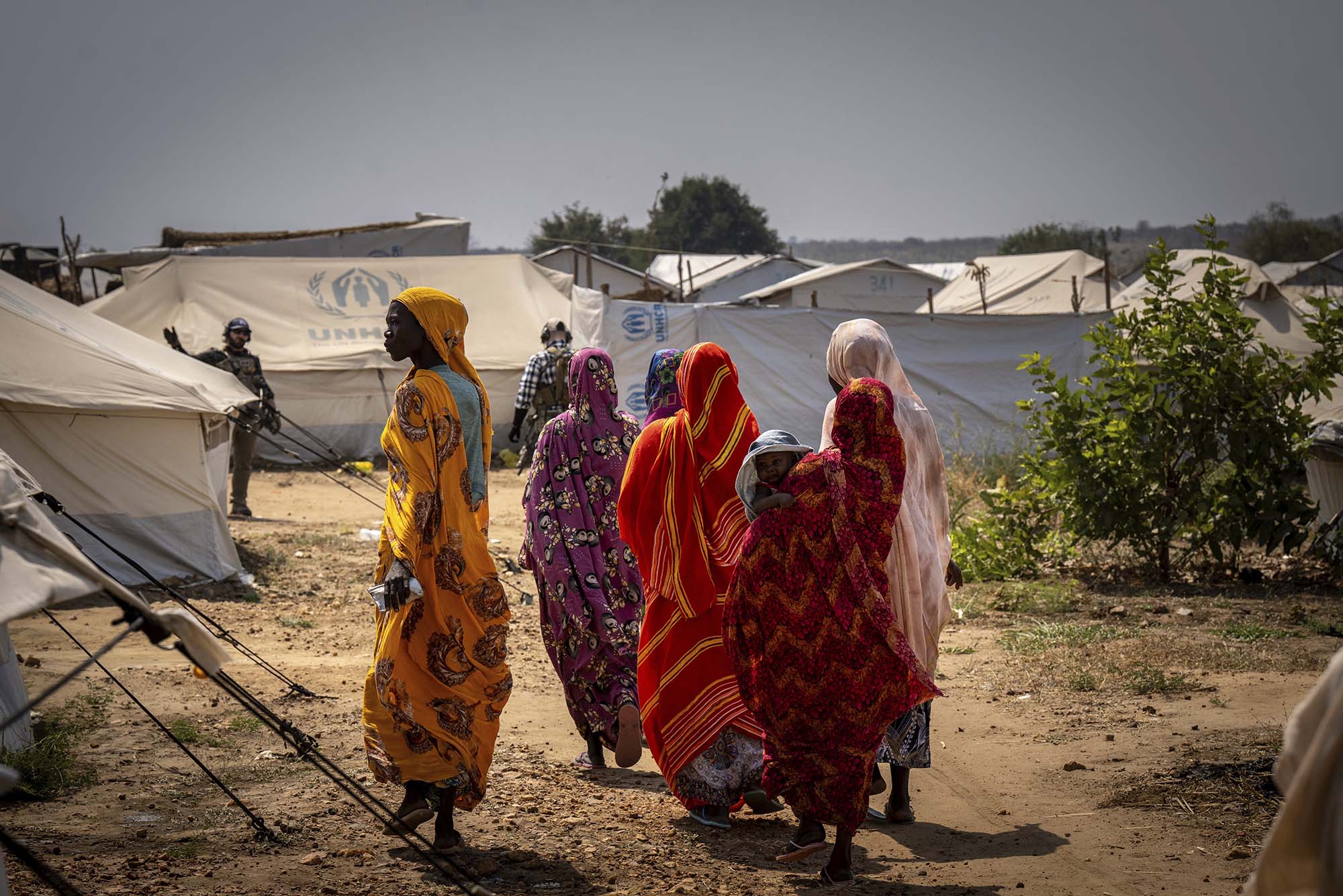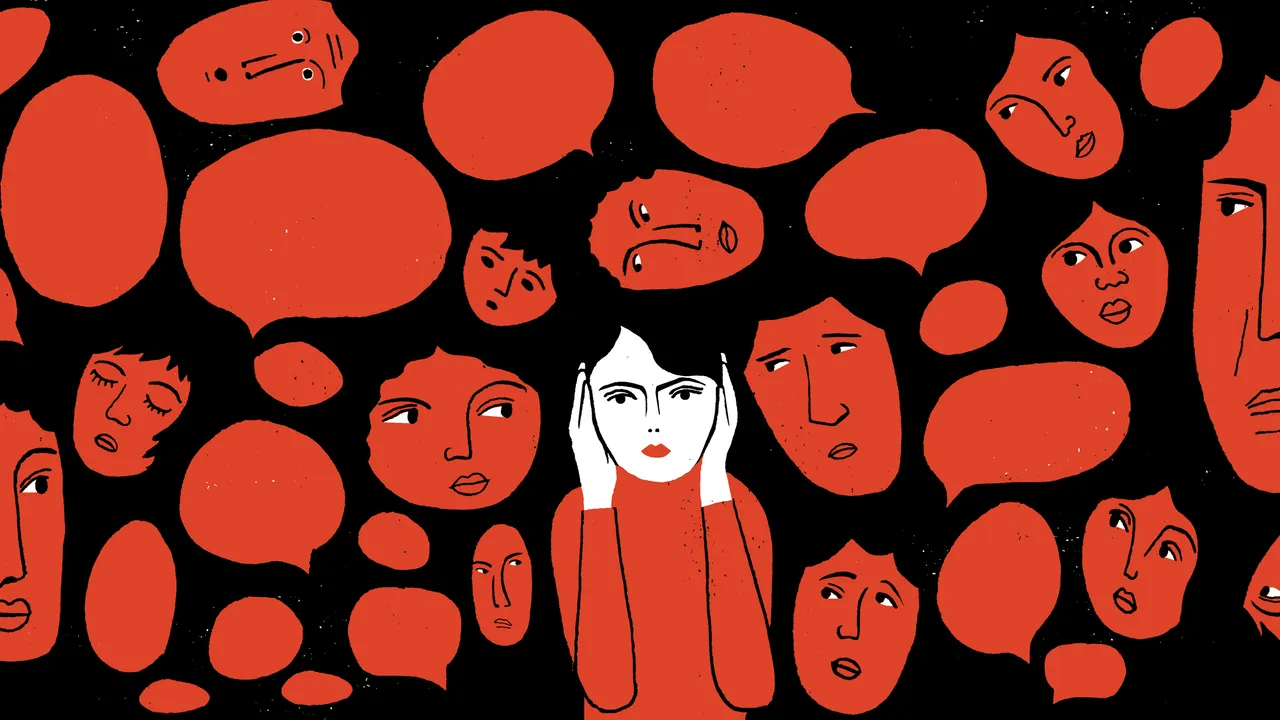Beauty, as we know it largely, has made us prisoners of the patriarchal man’s belief wherein the feminine image projected does not even minutely represent us; and the pressure to look like it, has had most women starving. Ugliness, like moral insanity, has a definition that kept changing overtime. It kept taking what was absolutely natural and then calling them abnormal, even though they were ubiquitously present. Since industrial revolution, beauty has become something that is done to a body rather than being a part of it. As women released themselves from the feminine mystique of domesticity, the beauty myth took over its lost ground (Naomi Wolf, 2002). Men that are upholding patriarchal structures couldn’t find a key to our mouths and hence are using our insecurities related to our bodies as one. It is, now, used as a weapon to regulate and control women into being passive citizens of the society. It’s clear that images of feminine beauty are used against women’s advancement.

Beauty norms have reduced women into mere objects to be looked at and appreciated for the aesthetic and not intellectual ability. Pop culture has furthered and fuelled that belief. A good example is that of the popular, all white sitcom from the 90s FRIENDS. Starting with the portrayal of fat Monica and Rachel’s big nose; it gives into the traditional stereotypes that a person needs to be skinny to be beautiful. The fat-phobic jokes in the show further alienated and triggered people suffering from eating disorders. It’s triggering, not because of Monica losing weight but because of some of her best friends made jokes about it. The show wholly neglected the mental and emotional trauma one would face because of fatphobia and as they showed people laughing and joking about it, normalised fatphobic narratives as a result.
A good example is that of the popular, all white sitcom from the 90s FRIENDS. Starting with the portrayal of fat Monica and Rachel’s big nose; it gives into the traditional stereotypes that a person needs to be skinny to be beautiful. The fat-phobic jokes in the show further alienated and triggered people suffering from eating disorders.
A big nose is normally a physical feature present in people of colour, which is often deemed as a drawback to one’s beauty. On that note, noses are also political as they define a person’s ethnicity, by extension of which one could even argue that rhinoplasty, done to “fix” one’s nose, has severe racist implications. The popularity of getting a nose job stems from years of brainwashing that a thin nose is attractive and anything remotely different from that is unacceptable. Beauty norms are such that it could even make people hate their ethnicity, in one way or the other. The colonisation of beauty standards is not just witnessed in the hate towards a big nose; it is also present in wide foreheads and many other physical features that are not euro-centric. In Malcolm X’s ‘Who taught you to hate yourself’ speech, he clearly asks the people,
“Who taught you to hate the colour of your skin? Who taught you to hate the texture of your hair? Who taught you to hate the shape of your nose and the shape of your lips? Who taught you to hate yourself from the top of your head to the soles of your feet? Who taught you to hate your own kind? Who taught you to hate the race that you belong to so much so that you don’t want to be around each other?..”
Beauty has been transformed into an industry whose control lies in the hands of media that can singlehandedly produce and disseminate beauty ideals and norms. It contributes to the mental and intellectual subservience of people’s mind especially women from a very young age. A 2017 study found that 84% of top grossing movies for children promote weight stigma. Shinchan, a cartoon popular among Asian households has one episode in which his mother body shames him (a 5 years old) and says that nobody will like him if he is fat. Children watching their favourite characters body shame others not only leaves a deep impact on their minds but also affects how they behave and deal with the stigma around their body image. This transforms their way of looking at themselves and other people around them.
An ethnographic study with children aged between 8-12 to understand how children differentiated between ugly and pretty found that most children, including people of colour, see white-skinned people as someone who is pretty and kind. The study also revealed the high magnitude of work needed to overcome the pervasive racist system children are exposed to from a very young age. Internalised white superiority and toxic beauty standards are reinforced in children through visuals, especially through films of Disney princesses like Snow White and Cinderella. Society tends to make little girls believe that the only way to gain happiness is by attaining these beauty ideals.

Also read: Why I Learnt To Decolonise Eurocentric Beauty Standards
In India, beauty is not just an aesthetic term, but it has also been used as a tool to discriminate and vilify the historically marginalised caste communities and uphold the pride associated with one’s caste location. A moustache, for example is a symbol of both beauty and caste pride in the Hindu community. Manusmriti, a religious text of Hinduism, did not allow Dalits to sport moustache. Traditionally, sporting of moustache by a Dalit man is considered to be a heinous crime in Manusmriti. This is reflected in many cases that come up everyday about Dalit men getting beaten up for sporting a moustache.
Regulation Of Clothing And Its Relation To Beauty Standards
Clothing and beauty are complementary to each other. Kathy Peiss said that beauty is not just an aesthetic term but also depicts one’s class and social status. Indian society has a history of regulating what and how women wear clothes. This not only just restricts one’s freedom, it also encourages non-expressive beauty standards. Clothing helps a person express oneself. Restricting what a person wears also restricts their course to achieve a healthy relationship with their body, hence contributing to the regulation and subjugation of women’s body autonomy, which has been the goal of beauty myth all along. Kerala, during the 18-19th century, had restricted men and women of lower caste communities to wear upper body clothes. Only upper-caste women of certain clans were allowed to wear upper body clothes. This was not only a symbol of power but also one of purity and hence, in relation with beauty standards at that time. Though, earlier there was no norm of covering breasts in India, Kerala’s Travancore kingdom followed a different ‘tradition’. A breast tax was levied if women covered their breasts. This led to the Channar revolt, where Nadar women defied the kingdom officials, converted to Christianity and covered their upper body as an act of resistance.
Marriage And The Beauty Myth
Sander Gilman describes cosmetic alteration and surgeries as a form of ‘passing’ where a person takes on a new identity to access privileges and status, leaving behind the oppression that came with their former identity. Beauty, if looked at from Gilman’s perspective, is more about survival than about materialistic happiness for women.
Marriage as an institution in India, has helped in the perpetuation of societal beauty standards amongst women to an extent that women are forced by their own family members to bleach their skin, lose weight and use harmful cosmetics on their face. A woman, after being called out numerous times to change a certain aspect of her body loses her self worth and power of assertion, which traditionally has been a desirable trait in a wife. An ideal and desirable wife in India is someone who’s “pure”, less assertive and loyal. British-Nigerian actress Beverly Naya reflects on this in Skin, a 2019 Netflix documentary that she produced. She says that dark-skinned women are made to feel that if they’re not light-skinned, they may not find a man or have a successful career.”
Also read: The Black And White Challenge And Tokenist Women Empowerment
Marriage as an institution in India, has helped in the perpetuation of societal beauty standards amongst women to an extent that women are forced by their own family members to bleach their skin, lose weight and use harmful cosmetics on their face. A woman, after being called out numerous times to change a certain aspect of her body loses her self worth and power of assertion, which traditionally has been a desirable trait in a wife. An ideal and desirable wife in India is someone who’s “pure”, less assertive and loyal. British-Nigerian actress Beverly Naya reflects on this in Skin, a 2019 Netflix documentary that she produced. She says that dark-skinned women are made to feel that if they’re not light-skinned, they may not find a man or have a successful career.”
Use Of Beauty As A Tool To Demean Women In A Political Arena
The judgement of ‘women’s beauty or the lack of it’ doesn’t stop even after accomplishing greats in their career as seen in the case of Mayawati, the first Dalit woman Chief Minister of Uttar Pradesh. Once, Shaina NC, a member of BJP, made a jibe on Mayawati, saying that she didn’t know if the BSP leader was a ‘he’ or ‘she’. This conventional idea of femininity largely determines beauty standards in Indian society. Mayawati has short hair and hence does not fit the stereotypical gender expression of an Indian women with long black hair.
In a political arena as well, the way a women politician looks and dresses up receive numerous remarks, especially from male politicians. Beauty standards are used to bring the women politicians down, dismiss and ridicule their opinion and establish the dominance of the men.
You may find Sahej on Instagram.
Featured Image Credits: Upasana Agarwal




